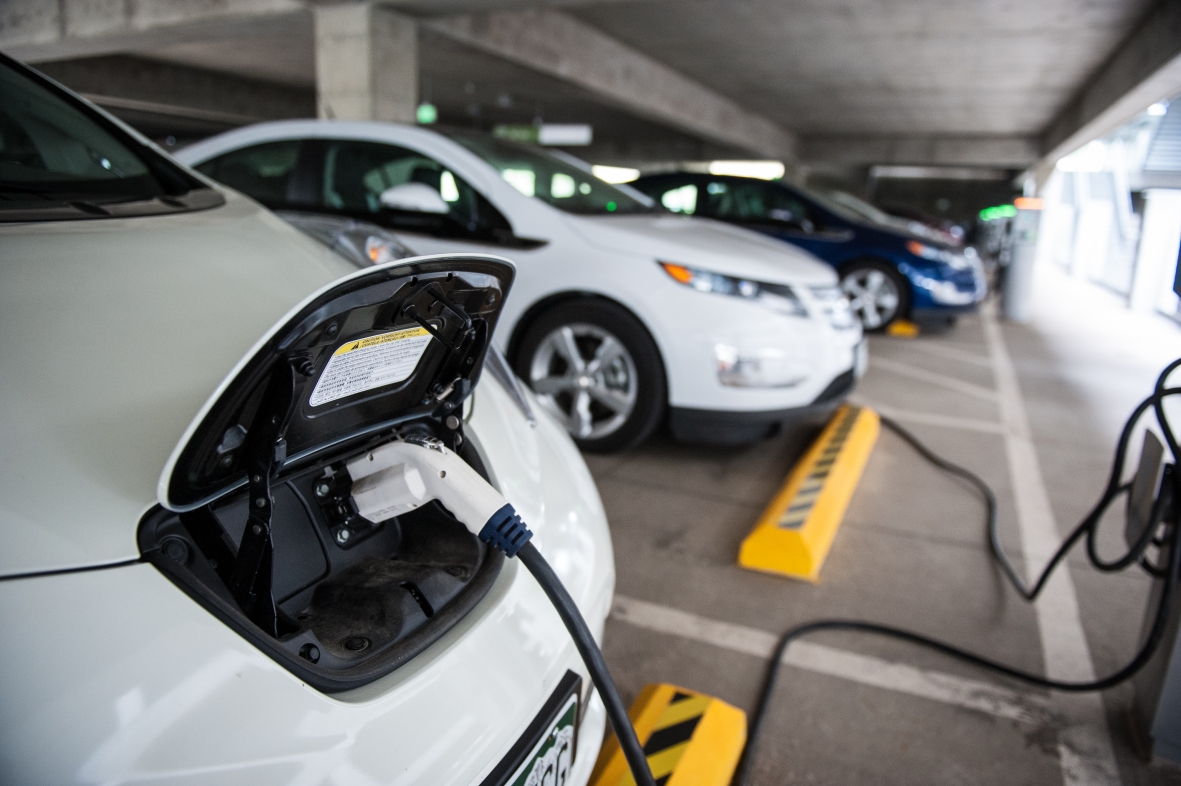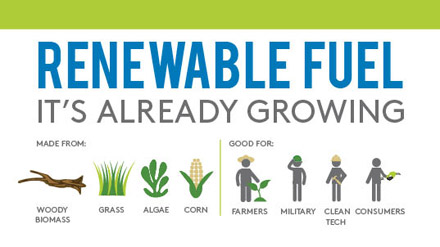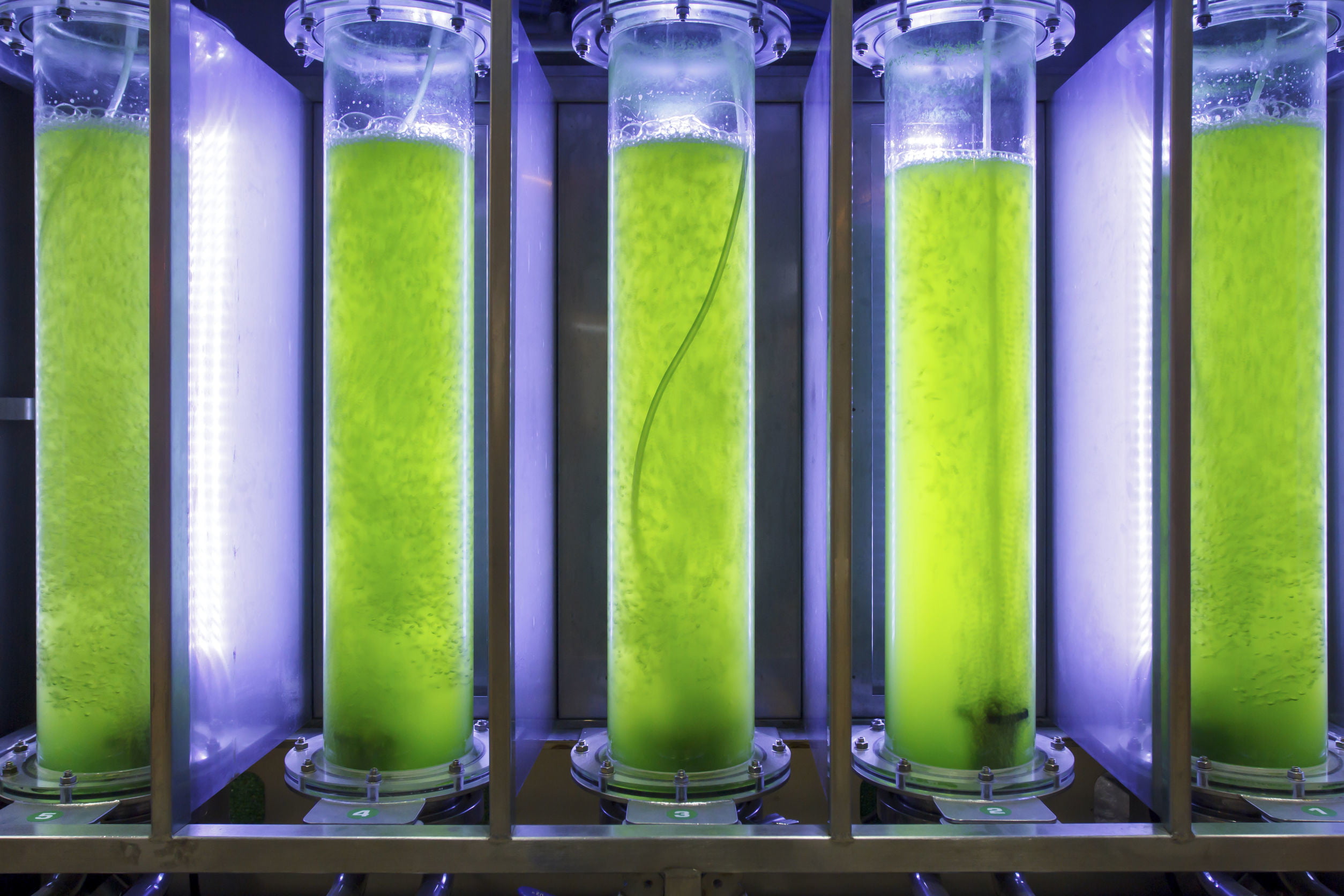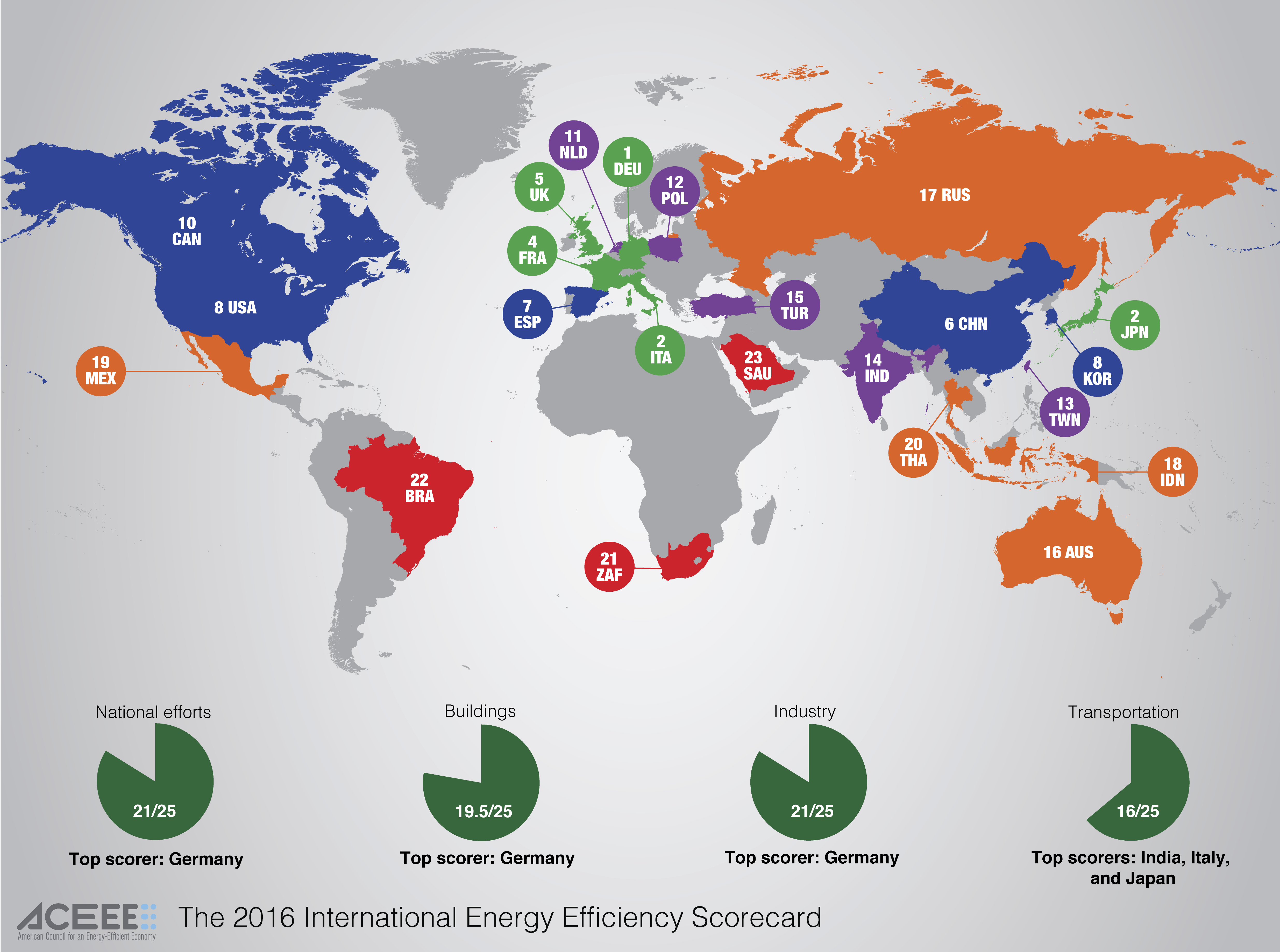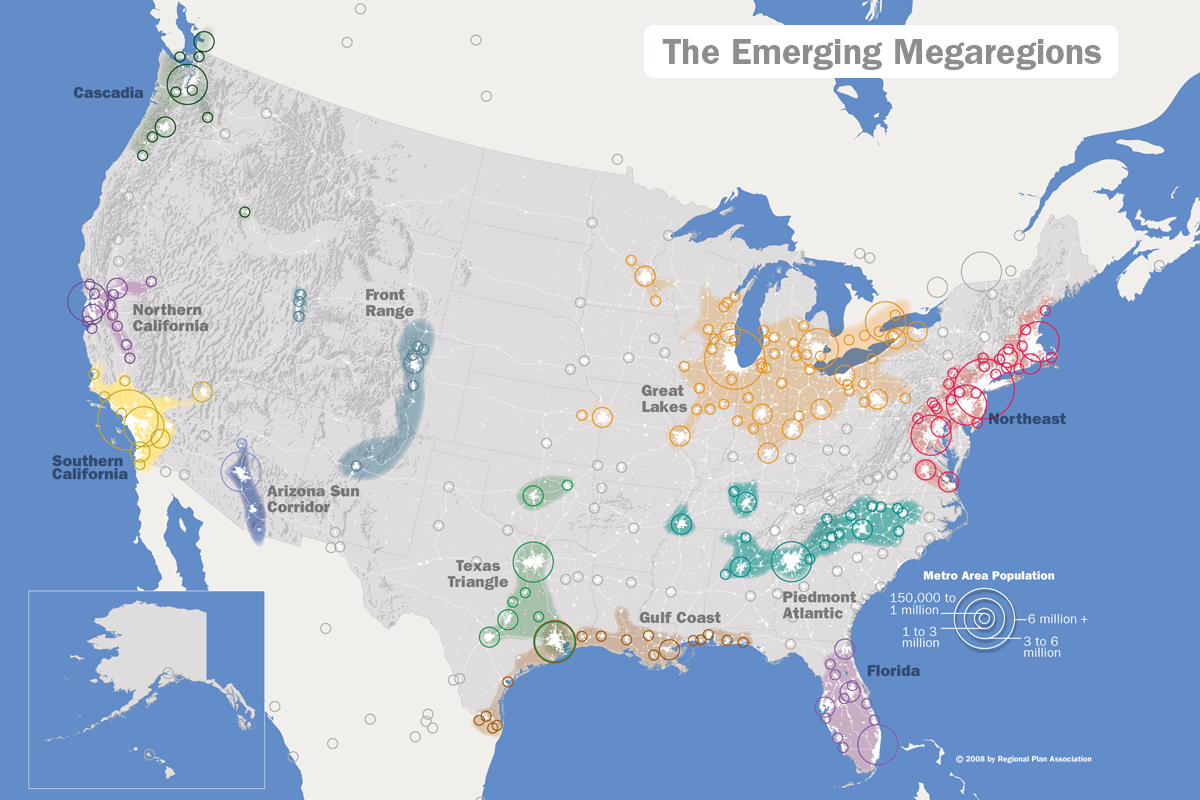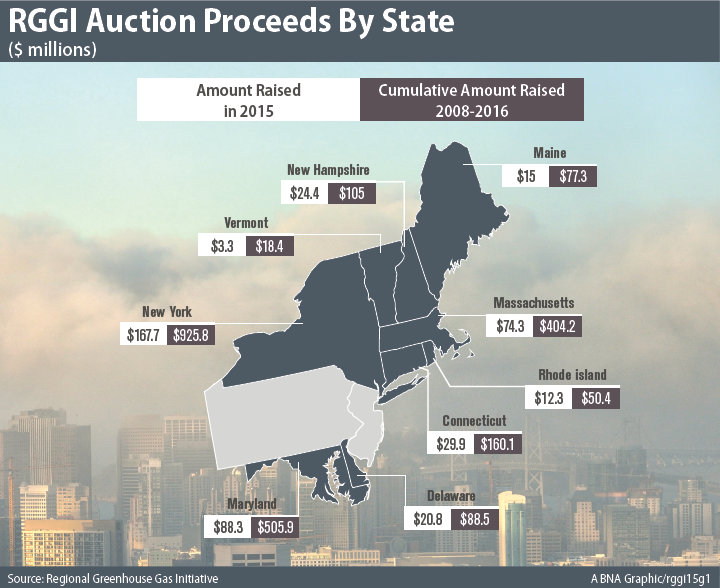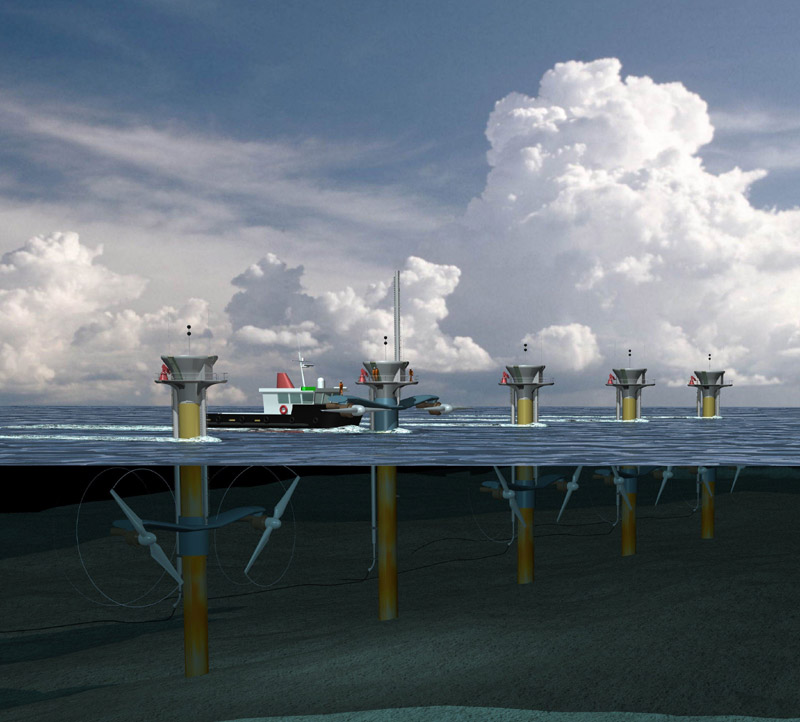Project Description
Since the Center’s inception, it has had strong involvement in international energy issues, and in recent times, in climate change mitigation and adaption, focusing on energy-related climate change solutions. There also has been heavy emphasis on seeking to educate about the advantages of energy efficiency and renewable energy to help developing countries advance economically, eliminate the heavy financial and health burdens of reliance on imported fossil fuels, and reduce their contributions to climate change.
In performing this work, the Center relies heavily on the strong involvement of Center staff, student Research Assistants and Pace Law School faculty members active in the International Union for the Conservation of Nature (IUCN) and its IUCN Academy of Environmental Law. The Academy’s 180 global universities with strong environmental law programs hosts collaborative research projects and holds annual colloquia on important issues of environmental law through which the Center presents and publishes much of its work.
Thus, the Center through its founder, Dean Emeritus Richard Ottinger, was a principal organizer of the Academy’s first Colloquium in 2004, held at Shanghai Jiao Tong University on the topic, The Law of Energy for Sustainable Development. The Colloquium was attended by more than 500 environmental and energy law experts and presentations were made by many of the most prominent leaders in this field. Its proceedings were published in 2005 by Cambridge University Press, along with a volume of the laws presented, Compendium of Sustainable Energy Laws.
A number of projects demonstrate the global reach of the Center, including Renewable Energy Law and Development, A Case Study, published by Edward Elgar Ltd of London, which included chapters by Research Assistants from China, India, Brazil, Indonesia, Pakistan, and Morocco. In 2007, the Center was the principal organizer and editor of The UNEP Handbook for Legal Draftsmen on Environmentally Sound Management of Energy Efficiency and Renewable Energy Resources. UNEP has recently contracted with the Center to organize a sequel to the Handbook.
The Center has done pioneering work on climate change mitigation, including a recent presentation to the European Environmental Law Association conference in La Rochelle, France, containing detailed recommendations for success of the COP21 climate change negotiations, Expanding COP 21 INDCs to Include Non-National Contributions.
Center student Research Assistants have performed much of the research supporting the Center international work. The important Center climate change article, Innovative Financing of Renewable Energy.was researched and presented at the IUCN Academy Colloquium in Tarragona, Spain by a Center RA. Similarly the article, Options for Adaptation, researched by two student RAs, was prepared for the National University of Singapore and was presented at an APCEL Workshop on Adaptation to Climate Change: ASEAN and the Comparative Experiences (17 & 18 July 2014), to be published in a book of its proceedings.
The Center has done extensive work with China for many years, helping it to overcome its serious air pollution and other environmental problems. In recent years our China work has been done primarily in partnership with leading China environmental law authority, Wang Xi, Professor of Law and Associate Dean at Shanghai Jaio Tong University and Director of its Environmental and Resources Law Institute. With Dean Ottinger, he is also co-chair of the Energy and Climate Change Specialty Group of the IUCN World Commission on Environmental Law. Together they published an extensive study of implementation of environmental law, the recommendations of which were largely adopted by the recent PRC revision of China’s environmental laws. Professors Wang and Ottinger are presently collaborating on a comparative study of air pollution remediation actions by Los Angeles, California and Beijing, again with Center RA research assistance.
